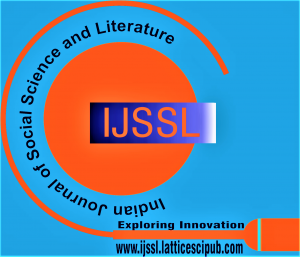Students’ Involvements with the Collaborative Learning Environment in Faculty of Law, Universiti Kebangsaan Malaysia
Shahrul Mizan Ismail1, Rosli M. N. R.2
1Shahrul Mizan Ismail, Faculty of Law, Universiti Kebangsaan Malaysia.
2Rosli M. N. R., Faculty of Law, Universiti Kebangsaan Malaysia.
Manuscript received on 23 August 2021 | Revised Manuscript received on 04 September 2021 | Manuscript Accepted on 15 September 2021 | Manuscript published on 30 September 2021 | PP: 5-8 | Volume-1 Issue-1, September 2021. | Retrieval Number: A1002091121/2021©LSP
Open Access | Ethics and Policies | Cite | Mendeley | Indexing and Abstracting
© The Authors. Published by Lattice Science Publication (LSP). This is an open-access article under the CC-BY-NC-ND license (http://creativecommons.org/licenses/by-nc-nd/4.0/)
Abstract: Current research describes an exploratory study conducted to elicit responses from law students about their collaborative learning environment. In addition, this study also attempts to capture important aspects of collaborative learning. This study was conducted among undergraduate law students from the Faculty of Law, Universiti Kebangsaan Malaysia. This research explores individual features and main features that influence characteristics of collaborative learning, as well as characteristics of collaborative learning that influence student approval. The findings suggest students appreciate the opportunity to work together. The students showed constructive experiences and are contented with learning in a team. Lastly, group products influence the group regulation processes and group cohesion influences student satisfaction with collaborative learning. As a conclusion, professional educators are recommended to approach collaborative learning in education as collaborative learning viewed as a didactic method that promotes ‘constructive educational strategies’.
Keywords: Collaborative, Technology, Law Students, Undergraduates.
